10 Timeless Lessons from the Ikigai Book Review That Will Transform Your Life
Introduction: The Beauty Behind the Ikigai Philosophy
In this Ikigai book review, we delve into the profound Japanese concept of Ikigai, often translated as “a reason for being.” Héctor García and Francesc Miralles explore this philosophy by taking readers on a journey to the village of Ogimi in Okinawa, Japan—home to the world’s longest-living people. Their work isn’t just another self-help title; it is an insightful amalgamation of Eastern wisdom and modern mindfulness.
This Ikigai book review seeks not only to summarize the book’s core concepts but to reflect on the philosophical and practical applications it offers for readers who are earnest about living a life infused with meaning, joy, and longevity.
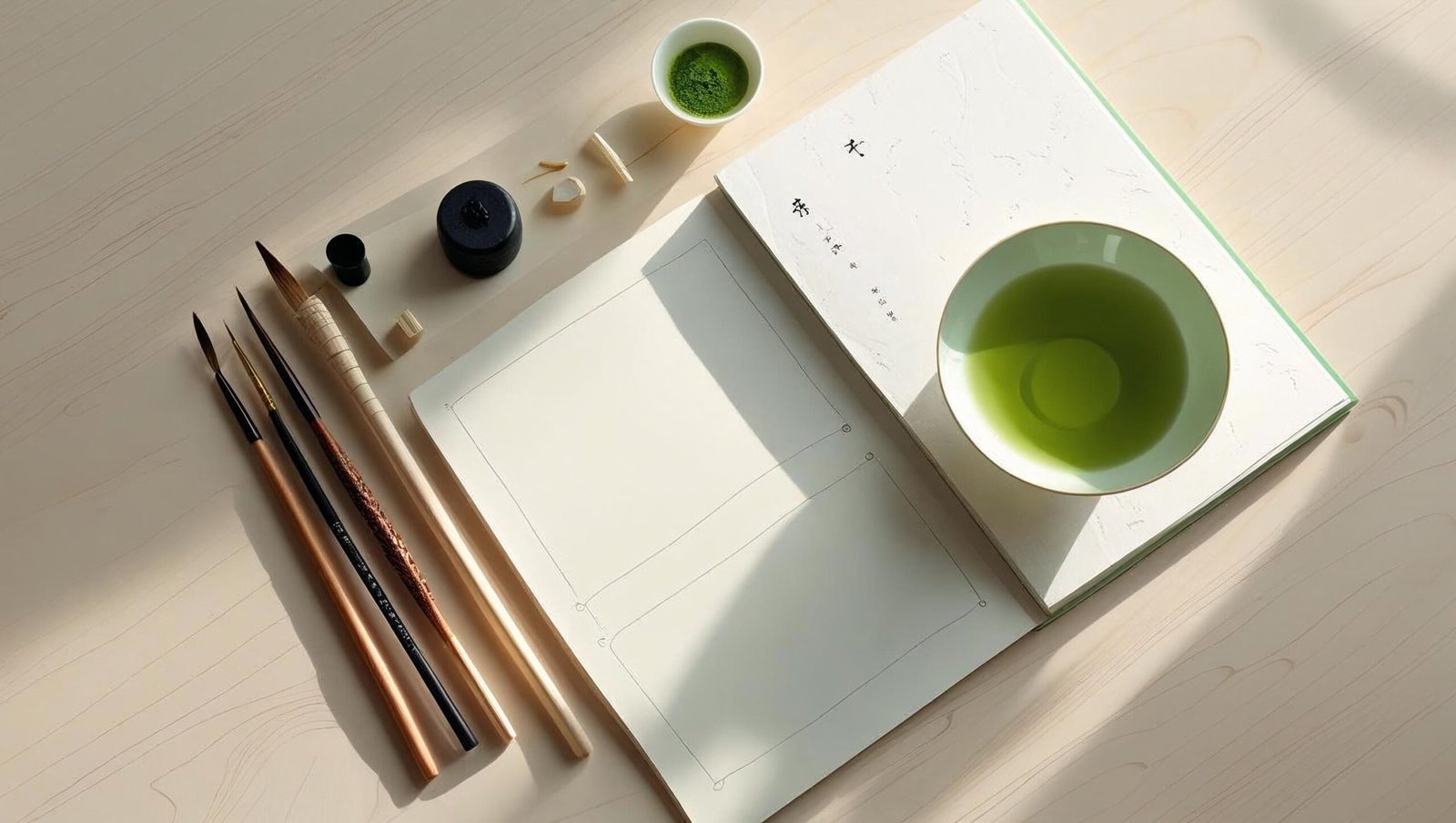
1. What is Ikigai? Discovering Your Reason for Being
At the heart of this Ikigai book review lies a fundamental question: What makes life worth living? The Japanese believe every individual possesses an ikigai—a reason to wake up every morning. It is the intersection of what you love, what you are good at, what the world needs, and what you can be paid for.
The authors argue that understanding and aligning these four components leads to a fulfilling and purposeful life. The clarity gained from this model is one of the most cherished takeaways from this Ikigai book review.
2. The Village of Longevity – Ogimi, Okinawa
This Ikigai book review takes us to Ogimi, a serene village where centenarians thrive. Unlike the fast-paced, stressful urban lifestyle, the people of Ogimi live a life rooted in community, simplicity, and purpose. They rise early, eat moderately, work joyfully, and maintain social harmony.
This first-hand study by the authors presents irrefutable evidence that ikigai is not merely a philosophy but a living, breathing practice. Observing Ogimi’s elderly individuals provides real-life evidence to support the central theme of this Ikigai book review.
3. Finding Flow in Everything You Do
Another powerful insight from the Ikigai book review is the concept of flow. Flow is a state of complete immersion and joy in the task at hand. Whether one is gardening, painting, or even sweeping the floor—doing it mindfully, with love, transforms a mundane activity into a spiritual act.
Héctor García and Francesc Miralles emphasize that discovering one’s ikigai inherently leads to finding flow regularly. A life of flow is a life of deep satisfaction.
4. The Anti-Stress Mantra: Take It Slow
In this fast-paced digital age, taking it slow might seem counterintuitive. However, the Ikigai book review shows that longevity is often linked to a stress-free life. People in Ogimi are rarely in a rush. Meals are enjoyed slowly. Conversations are unhurried. Work is performed with attention and reverence.
The book urges readers to evaluate their lifestyles and integrate slowness and serenity. This practice isn’t laziness; it is purposeful living, as revealed in this Ikigai book review.
5. Never Retire: Stay Active, Stay Alive
Perhaps the most compelling lesson in this Ikigai book review is that retirement, as conceived in the West, may be detrimental to mental and physical health. The centenarians in Okinawa never truly retire. They continue engaging in meaningful work, not out of obligation, but out of desire.
Purpose doesn’t expire with age. When you do what you love every day, you live longer. The authors show that a fulfilled life has no deadline—a revelation this Ikigai book review stresses with grace.
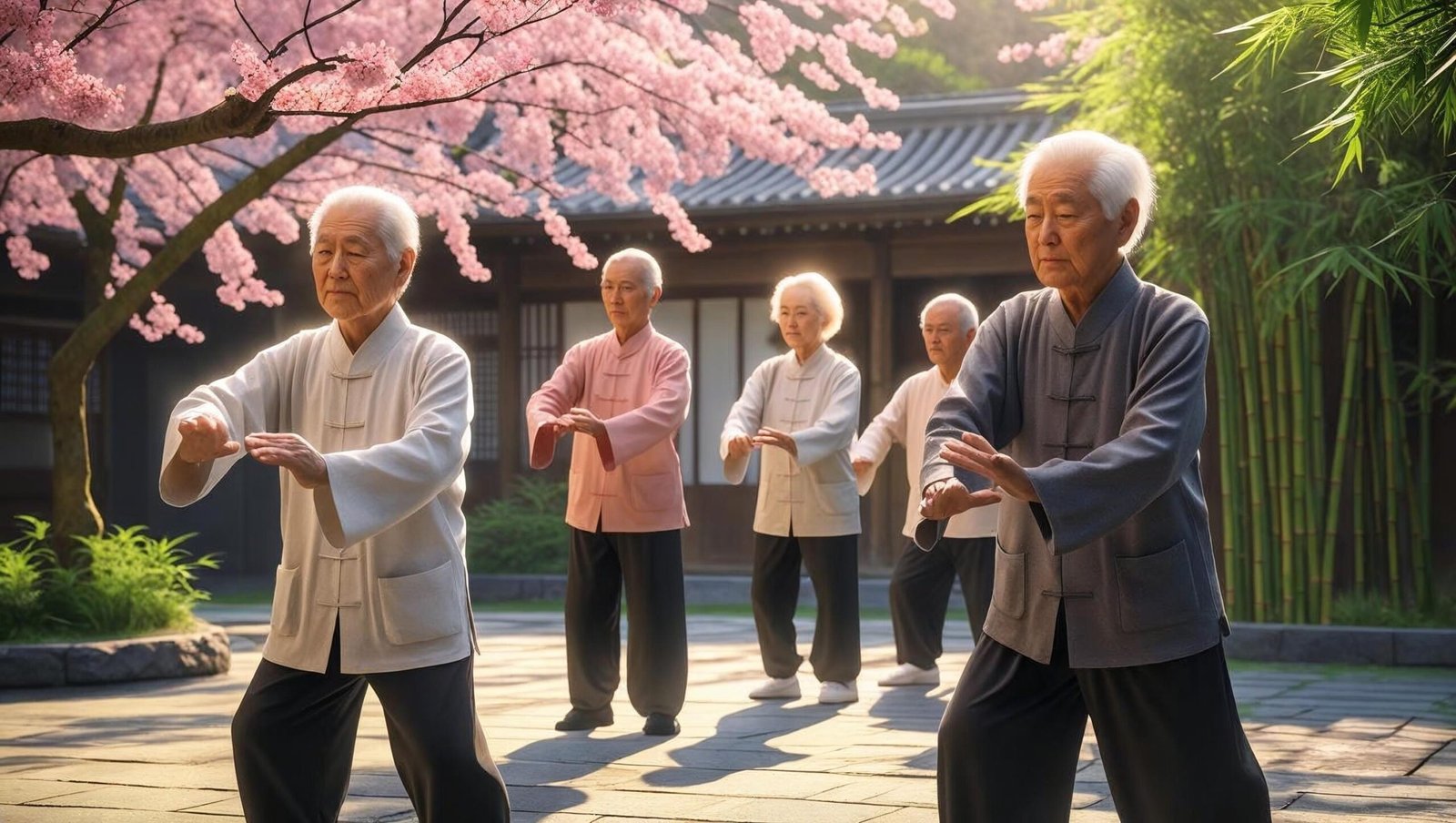
6. Nutrition and Ikigai: Eating Light for a Long Life
Food, too, is central to ikigai. The phrase “Hara Hachi Bu”—which means eat until you’re 80% full—is commonly followed in Okinawa. The Ikigai book review explains how a diet rich in vegetables, tofu, seaweed, and minimal processed food contributes to longevity and vitality.
This lesson is particularly vital in today’s era of excessive consumption. It connects physical health with spiritual balance—a theme consistently highlighted in the Ikigai book review.
7. The Power of Community and Relationships
Loneliness is deadly. One of the primary causes of long, happy lives, as cited in the Ikigai book review, is belonging to a moai—a support group that lasts for life. These communities are not just about socializing but are foundational for emotional well-being.
The authors reinforce that shared experiences and emotional bonds are integral components of a meaningful life. Through the lens of the Ikigai book review, we understand that community is not optional—it is essential.
8. Resilience Through Adversity – The Secret of Emotional Strength
The Ikigai book review presents resilience (gaman) as a central character trait of the long-lived. It is the art of enduring difficult times without complaint and emerging stronger. Life is not always joyous, but meaning persists even in adversity.
By cultivating patience and acceptance, we strengthen our ability to find meaning amid suffering—another core takeaway emphasized throughout the Ikigai book review.
9. A Life of Simplicity and Gratitude
In a world obsessed with accumulation, the Ikigai book review teaches the value of simplicity. Material abundance does not equate to happiness. The elders in Ogimi find beauty in simple things—morning walks, gardening, family meals.
Gratitude is woven deeply into their daily lives. The authors show how being thankful is not an occasional exercise but a moment-to-moment habit. It is no exaggeration to say that simplicity and gratitude are pillars of ikigai.
10. Finding Your Own Ikigai – A Journey Within
This Ikigai book review ultimately calls for personal introspection. What gets you out of bed each morning? What energizes your soul? The book offers actionable steps—journaling, introspective questioning, community engagement—to help readers identify their ikigai.
It isn’t about immediate answers but about the journey. Discovering ikigai is akin to slowly peeling the layers of self, and the Ikigai book review makes this journey accessible and inspiring.
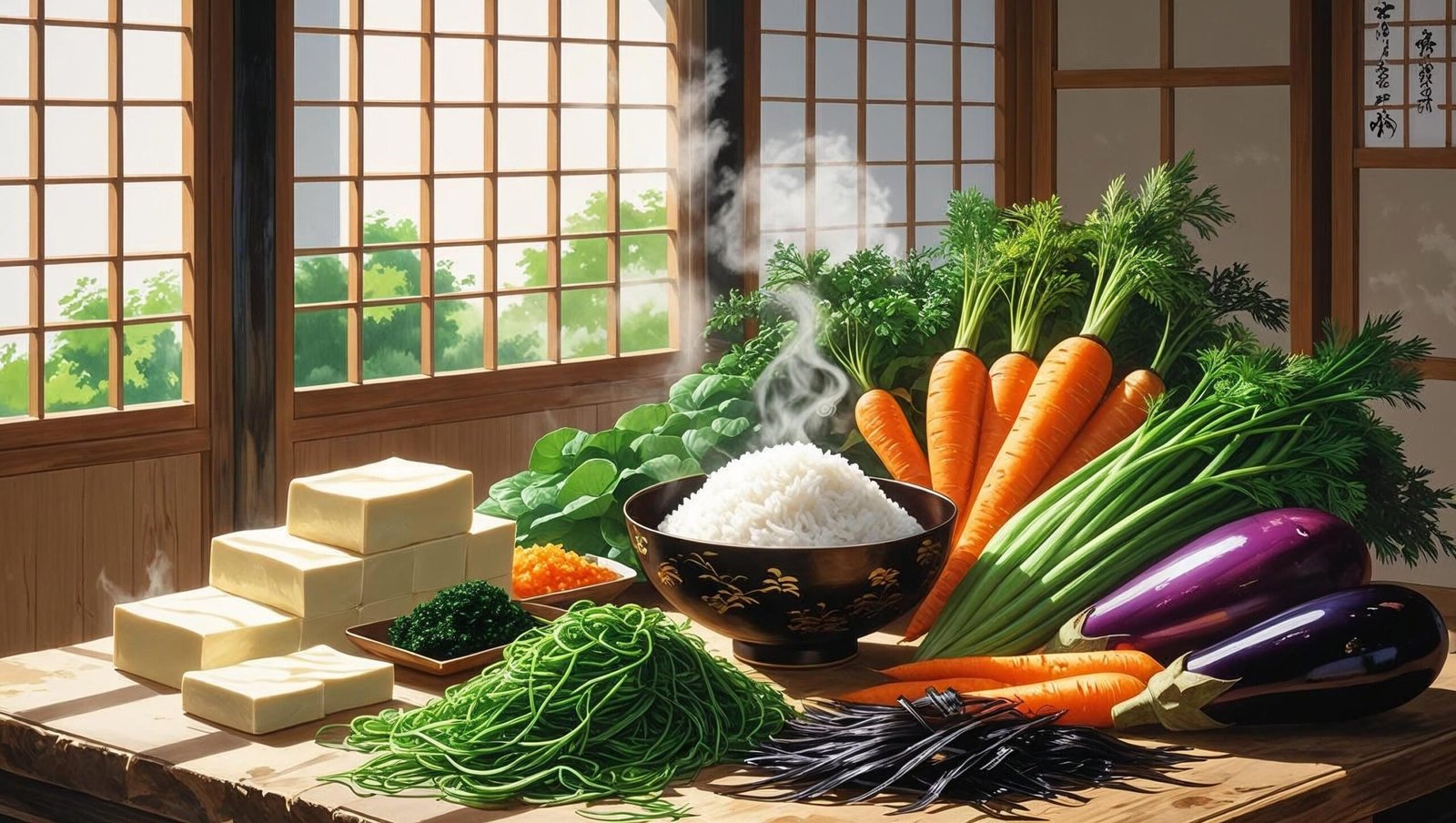
The Science of Purposeful Living
Across cultures and continents, the notion of a life infused with meaning has been long celebrated. In recent decades, science has begun to support the idea that a sense of purpose has measurable benefits on health and longevity. Studies conducted at the University of Michigan and elsewhere have shown that individuals with a strong sense of direction in life tend to live longer, report lower levels of stress, and enjoy better mental clarity well into their senior years.
What’s most fascinating is that this sense of purpose doesn’t need to stem from career or accolades. It may arise from hobbies, caregiving, teaching, gardening, or community service. The common thread is emotional investment and commitment to something beyond oneself.
Lessons from Blue Zones
The small town of Ogimi in Okinawa, Japan, is one of the world’s famed “Blue Zones”—places where people routinely live past 100 years. Other regions include Nicoya in Costa Rica, Sardinia in Italy, Loma Linda in California, and Ikaria in Greece. Despite cultural differences, the inhabitants of these zones share striking similarities in daily living.
They eat natural, mostly plant-based diets, stay physically active without needing gyms, maintain strong social ties, and nurture a sense of belonging. These communities are often tight-knit, where elders are respected and intergenerational bonding is common.
What emerges from studying Blue Zones is a lifestyle template that values simplicity, moderation, and community involvement. These values, while timeless, often get lost in today’s fast-paced, consumption-driven world.
Rituals and Routines That Elevate Daily Life
From a psychological standpoint, rituals provide structure and grounding. Morning walks, evening tea, prayer, or even journaling offer moments of mindfulness that interrupt the chaos of modern existence. These simple practices anchor the mind and body, creating a rhythm that reduces anxiety and increases contentment.
In Japanese culture, many such practices are observed: tea ceremonies, calligraphy, bonsai cultivation, and traditional cooking. These activities are not performed with a sense of urgency but with patience and reverence. There’s an embedded philosophy of doing things slowly and wholeheartedly.
Rituals help people live deliberately rather than reactively. Instead of being swept by the currents of urgency, individuals who develop rituals create islands of calm that support mental wellness and focus.
Embracing Wabi-Sabi: Beauty in Imperfection
A central aesthetic in Japanese thought is wabi-sabi—the acceptance and appreciation of imperfection and impermanence. A cracked ceramic bowl repaired with gold lacquer is considered more beautiful than one that is pristine. This principle teaches us to find grace in transience and flaws, whether in objects, people, or life itself.
In a world obsessed with perfection, wabi-sabi offers a liberating lens. It encourages gratitude for the now, even if the now is less than ideal. Emotional well-being is enhanced not by the constant pursuit of better, but by learning to cherish what already is.
Practicing wabi-sabi is not just philosophical—it’s therapeutic. It can help individuals overcome fear of failure, reduce social comparison, and build authentic relationships rooted in acceptance.
Lifelong Learning as a Pillar of Vitality
Cognitive decline is one of the greatest fears of aging populations. However, research consistently shows that those who engage in lifelong learning remain mentally agile longer. Reading, learning new languages, solving puzzles, or picking up new crafts have all been associated with sharper memory and improved emotional health.
This isn’t just about formal education. It’s about cultivating curiosity, asking questions, and maintaining a student-like mindset throughout life. Learning keeps the mind supple and instills a sense of progress, no matter one’s age or stage.
In cultures that value elders, older individuals are not seen as burdens but as wisdom-keepers. Their life experience, when combined with continuous learning, becomes a tremendous asset to families and communities.
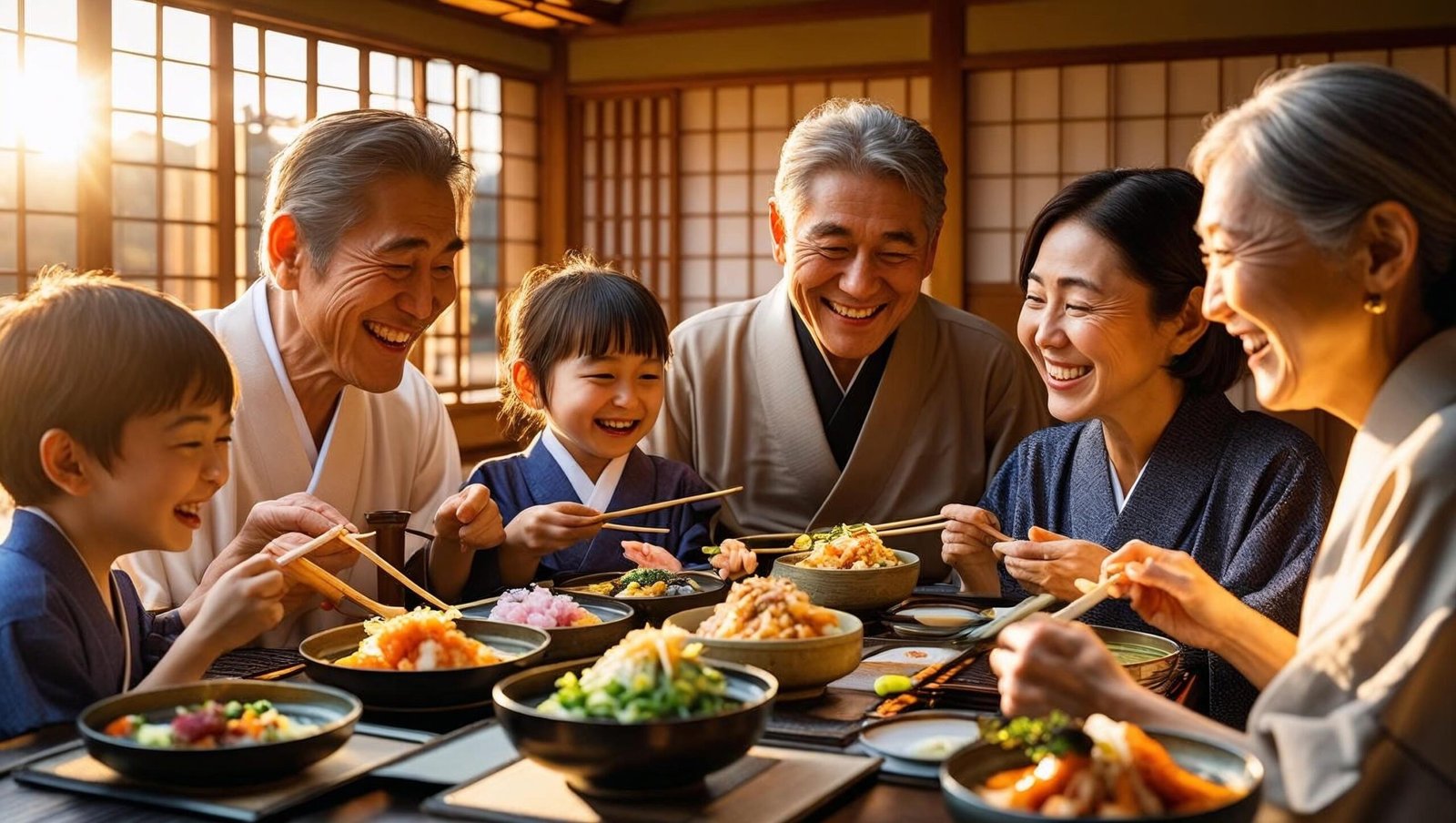
The Role of Nature in Holistic Wellness
Nature has an uncanny ability to restore, heal, and soothe. Even a short walk in a garden or sitting under a tree can significantly lower cortisol levels—the primary stress hormone. In Japan, the practice of Shinrin-yoku, or forest bathing, has become a popular form of preventive healthcare.
Unlike hiking, forest bathing doesn’t require intensity. It’s about immersion in natural surroundings—listening to rustling leaves, observing sunlight filtering through branches, feeling the textures of bark and moss. This sensory engagement provides deep relaxation and a sense of connectedness to something larger.
Modern lifestyles often alienate individuals from the natural world. Artificial lighting, concrete surroundings, and urban noise drown out the soothing frequencies of nature. Reconnecting with the outdoors isn’t a luxury—it’s a necessity.
Small Joys: The Understated Power of Minimalism
There’s an increasing movement around the globe toward minimalism, driven by a desire to declutter both physical and mental spaces. At its heart, minimalism is not about deprivation but about clarity—removing what is unnecessary so that what truly matters can shine.
The minimalist lifestyle aligns beautifully with mindful living. It encourages intentional consumption, quality over quantity, and presence over distraction. From owning fewer clothes to simplifying digital habits, minimalism helps in reducing overwhelm and increasing satisfaction.
By creating space—physically, emotionally, and mentally—people find themselves more attuned to their values and less swayed by fleeting trends.
Mindful Eating: A Forgotten Art
One of the most overlooked practices in the modern world is mindful eating. Meals are often consumed in front of screens, on the go, or under stress. This disconnection leads to overeating, poor digestion, and a weakened relationship with food.
Traditional cultures place great emphasis on the act of eating. Meals are occasions to gather, to pause, and to savor. Eating slowly not only enhances digestion but cultivates gratitude. The Japanese custom of saying “Itadakimasu” before eating is an expression of thanks—for the food, the farmers, the cook, and life itself.
Food, when eaten mindfully, becomes nourishment not just for the body but for the soul.
Resisting the Culture of Overwork
The glorification of busyness has become a modern epidemic. Productivity is prized above rest. Hustle is hailed as virtue. But this constant drive often leads to burnout, anxiety, and disillusionment.
What many ancient philosophies teach is balance. Working with intensity should be countered by adequate rest. Just as the seasons change, human energy ebbs and flows. Sustainable living requires tuning into these natural cycles.
Rather than maximizing every minute, people flourish when they optimize their energy. That means knowing when to act, when to pause, and when to simply be.
Building Resilience Through Purposeful Habits
Discipline is often misunderstood as rigid control. In reality, it is the art of choosing wisely and consistently. Simple habits—such as waking up early, maintaining a journal, meditating, or staying physically active—build a scaffolding for inner strength.
When life becomes turbulent, it is these small, ingrained habits that provide stability. They act as anchors in the storm. Moreover, the predictability of routines offers a sense of control in a world that is often chaotic and uncertain.
Emotional resilience is less about avoiding hardship and more about having the tools and mindset to navigate it with grace.
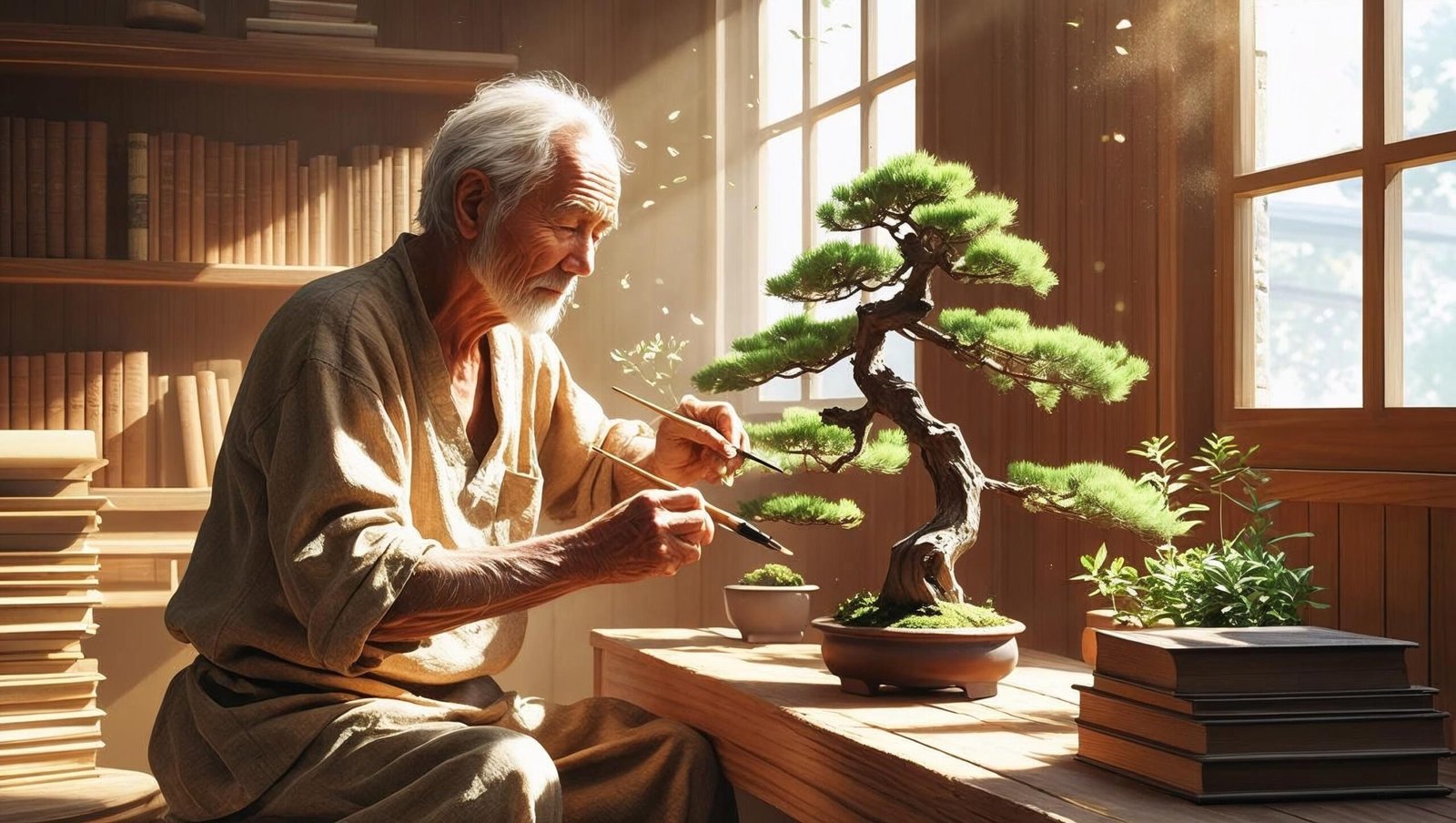
Cultivating Compassion and Service
One of the deepest sources of joy comes not from what one receives but from what one gives. Volunteering, mentoring, or even small acts of kindness create ripples that enrich the giver as much as the receiver.
Neurologically, altruistic acts trigger the release of dopamine and oxytocin—the feel-good chemicals. On a societal level, acts of service build trust, reduce isolation, and strengthen community bonds.
Living with compassion is not just a moral choice—it is a biologically and spiritually rewarding one.
FAQs: Ikigai Book Review
Q1: Who should read the Ikigai book?
Anyone searching for deeper meaning in life, desiring longevity, or seeking to reduce stress would greatly benefit from this Ikigai book review.
Q2: Is Ikigai a religious or spiritual book?
Not explicitly. While it draws from spiritual traditions, the book is grounded in real-life studies and practices.
Q3: Does the book offer actionable advice?
Yes. The Ikigai book review highlights many practical tips—such as eating habits, daily routines, and social practices—to improve quality of life.
Q4: Can Ikigai help with mental health?
Absolutely. The focus on purpose, connection, and balance significantly aids in improving mental well-being.
Q5: How long does it take to discover one’s Ikigai?
The journey varies. Some find it early in life; others need reflection. This Ikigai book review emphasizes that the process itself is enriching.
Conclusion: Why the Ikigai Book Review Matters More Than Ever
In conclusion, this Ikigai book review affirms that living a long, joyful, and meaningful life is not reserved for the fortunate few in Okinawa. It is attainable for anyone willing to reflect, simplify, and live purposefully.
Héctor García and Francesc Miralles have crafted a book that is not only readable but deeply transformational. This review hopes to serve as both a guide and an invitation—for you to embark on your own journey to find your ikigai.
Visit shubhanshuinsights.com to explore more such transformative book reviews and insights designed to enrich your personal and professional life.
💬 Leave a Thought:
What is your ikigai? Share in the comments below. Let your story inspire others.
Embrace simplicity, pursue what energizes you, and cherish every moment. Let purpose guide your actions, and may each day unfold with meaning, connection, and joy rooted in mindful living.